
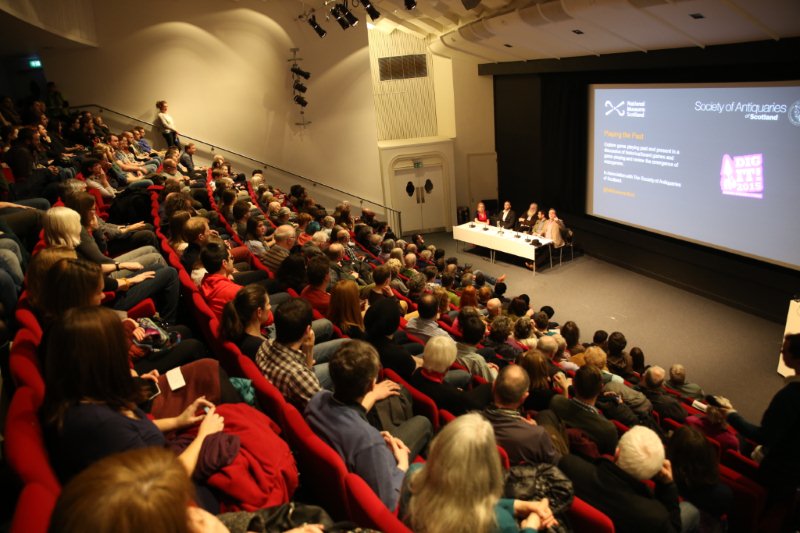
The Society of Antiquaries of Scotland is hosting the 2017 ARP conference, the national conference organised in collaboration with Archaeology Scotland each year to examine recent and ongoing archaeological projects across Scotland.
Please book online below or phone 0131 247 4133. Tickets £35 for Fellows, Archaeology Scotland members and students. £40 full price.
PROGRAMME:
0915 Registration at the National Museums Scotland Auditorium, EH1 1JF, enter via Lothian Street doors
Morning Session – Chaired by David Caldwell, President of the Society of Antiquaries of Scotland
0945 Welcome and Opening Remarks
0955 Neolithic Halls, Bronze Age roundhouses and a late Bronze Age hoard at Carnoustie
Alan Hunter Blair (GUARD Archaeology)
Since autumn 2016 excavations by GUARD Archaeology have revealed a large prehistoric settlement at Carnoustie in Angus containing one of the largest Neolithic halls ever found in Scotland and a Late Bronze Age weapon hoard.
1020 Revealing the Cochno Stone
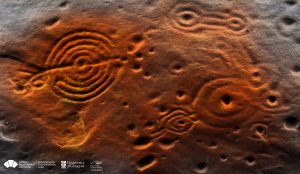
Initial results of the Scottish Ten laser scanning of the Cochno Stone. This image shows less than 5% of the surface of the stone. Copyright: Historic Environment Scotland
Dr Kenneth Brophy (University of Glasgow)
In 2016, one of the largest prehistoric rock-art panels in Britain was revealed for the first time in 51 years on the edge of Glasgow. This talk will tell the remarkable story of the Cochno Stone.
1045 Metal Detecting in Scotland: Understanding the extent, its character & opportunities for engagement
Dr Natasha Ferguson (Treasure Trove Unit Officer) and Kevin Munro (Senior Designations Officer, HES)
This collaborative project with HES, TTU & GUARD Archaeology Ltd aims to enhance understanding of metal detecting activity in Scotland, ultimately to encourage positive interaction with the historic environment and identify opportunities for positive engagement
1110 Questions
1125 Tea and Coffee and Displays and Bookstalls
1155 Recent Excavations at Smelter’s Cave, Rosemarkie, on the Black Isle
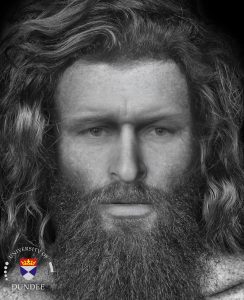
Facial reconstruction of the skeletal remains recovered from Smelter’s Cave. Copyright: CAHID University of Dundee
Steven Birch (West Coast Archaeological Services)
Archaeological investigations at a number of caves near Rosemarkie, on the Black Isle have revealed evidence for Early Medieval activity including metalworking and the remains of a man who had been brutally killed.
1220 Northern Picts: Latest Finds and Results
Dr Gordon Noble (University of Aberdeen)
1245 Questions
1300 Launch of Discovery and Excavation in Scotland
1310 Lunch and Displays and Bookstalls
Afternoon session chaired by Beverley Ballin-Smith, President of Archaeology Scotland
1410 Scottish Medieval Window Glass: Chemical analysis
Helen Spencer (Heriot Watt University)
Medieval window glass from thirteen Scottish sites has been characterised by scientific analysis. The results show that the glass was made and imported from several sites in Europe and how the glass recipes over the period.
1435 The SCOT2K Project: Progress in dating native pine buildings and archaeological sites in Scotland
Dr Coralie Mills (University of St Andrews & Dendrochronicle)
The SCOT2K project has developed native pine dendrochronology for climatological and heritage objectives. A new dating method has allowed 19 Scottish pine structures, from cruck-frames to castles, to be dated.
1500 Questions
1515 Tea and Coffee and Displays and Bookstalls
1545 Riddle’s Court: A Merchants House fit for a King
Dr Mike Cressey (CFA Archaeology Ltd)
The results of archaeological monitoring coupled with an extensive programme of historical research, have caused us to reassess the status of the North Block and existing ideas on the architectural evolution of Riddle’s Court.
1610 Desperately seeking Stevenson
Dr E. Photos-Jones (University of Glasgow), B. Barrett (University of Glasgow), A. di Renzoni (ISMA-CNR), G. Christidis (Technical University of Crete) and J. Hansom (University of Glasgow)
Investigating 19th century Scottish industry abroad and within a European context, we attempt to reconstruct terrain, installations and processes pertaining to Stevenson’s period of work; also to those of earlier and later phases, when present.
1635 ‘The most powerful naval fortress in the Empire’: the defence of the Firth of Forth 1880 to 1977
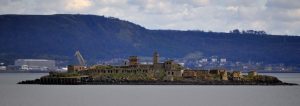
Photograph of Inchmickery island, defended in both the First and Second World Wars; its legendary resemblance to a ship is coincidental, not planned. Copyright: G J Barclay
Gordon Barclay & Ron Morris
A project to explore and document the defences of the Forth, to understand what was built, and why, and what survives, and to put them in their wider historical context.
1700 Questions and Closing Remarks
Supported by
Sponsored by
 |
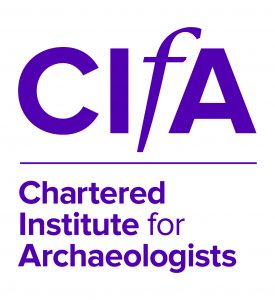 |
 |
 |
 |
 |
Thanks to Mallard Productions for filming the event.
Help us: champion research; stimulate discussion; enhance public understanding; and share our extraordinary heritage. Donate directly to the Society now.